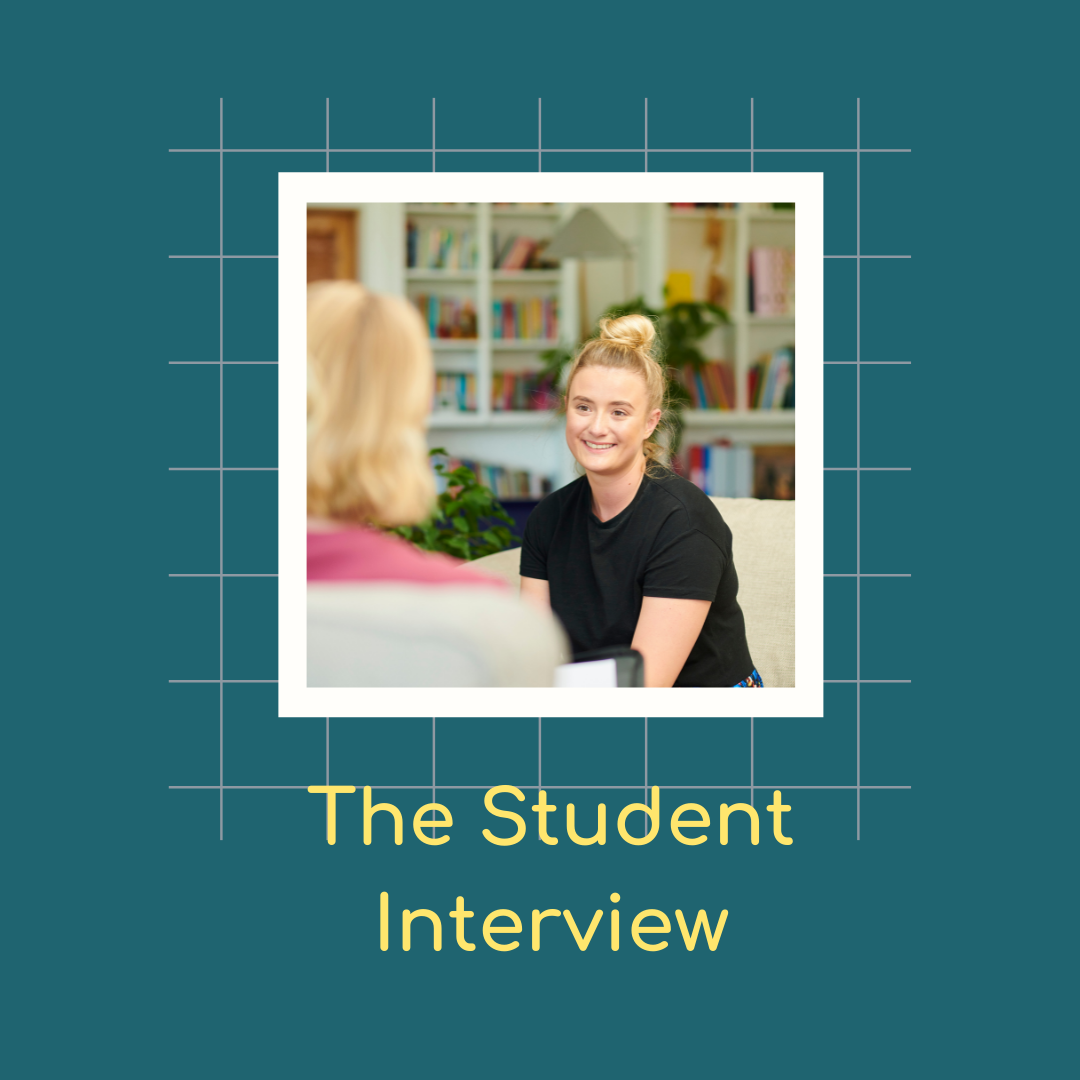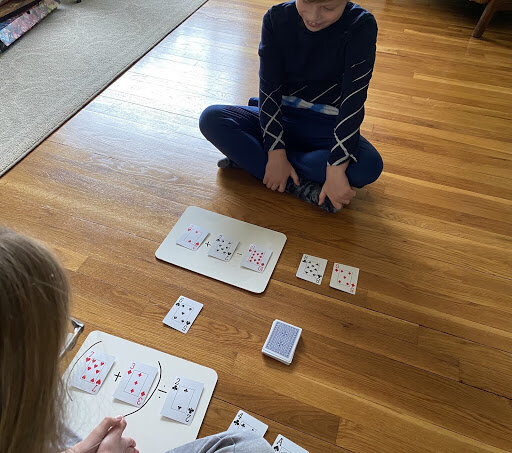Thoughts From Jacquie & Verona…
There’s no denying it, the independent and boarding school admissions process is overwhelming. The to-do list is endless; the multitude of components is bewildering, and the number of hoops you have to jump through is exhausting. Over the past few weeks, we’ve been posting regular blogs on how to break down the school search into bite-size chunks and make it more manageable.
This Week’s Lowdown: The Student Interview
For the final installment, we invited Sarah Scoville, who is an Associate Director of Admissions at Salisbury School, CT, to provide insights on how to help your student prepare for the school admissions interview. Over to you, Sarah…
Acing Your Interview: 7 Tips from a Prep School Admissions Officer
Preparing for a school admissions interview can seem daunting. Here are seven tips to help prepare for the big moment.
1. Practice - Practicing will make you more comfortable when the time comes to interview. Sit down with a parent or friend and have them pretend to conduct an interview. Let them come up with questions to ask you on the spot. They can give you feedback on your answers, body language, etc.
2. Do Research - You should be familiar with the school before you sit down for your interview. Be sure to take a look at the school’s website to brush up on basic facts and to get a feel for each school. You should have a good idea of why you are interested in the school, what you like most about the school and why you feel the school could be a good fit for you.
3. What to Wear - Whether visiting a school campus in person for an interview or connecting with an admissions officer virtually from the comfort of your home, be sure to dress the part. Be sure you are looking clean and neat; you want to show you’re serious about applying and want to be considered a top candidate.
4. Check Your Technology and Background - If you are conducting your interview virtually, there is nothing worse than having a tech glitch during an important virtual event. Before your scheduled interview time, make sure you double-check that you have the log-in or meeting information on hand and that your audio and camera are working properly. It's important to find a quiet space for your interview conversation (try to avoid a barking dog or noisy sibling in the background). And, make sure you check the backdrop behind you. Is it too bright and as a result, we can't see you? Is it too dark? Try to place your camera at eye level and position yourself so you have a pleasant backdrop with gentle lighting.
5. Be Yourself - Your admissions officer wants to get to know you, the real you. Talk about the things you like to study, your hobbies, your interests, your goals, and the new experiences you are looking forward to. Don't memorize prepared answers to then give to your interviewer. Having a genuine and honest conversation is the best way to learn if you and the school are a good fit for each other.
6. Ask Thoughtful Questions - It’s important that you prepare some engaging questions to ask your interviewer. You want to demonstrate that you have done your research and that you are invested in getting a strong sense of the school’s culture and community. Don’t just ask a question as simple as “how big is your student body?”, dig deeper.
7. Follow Up and Stay Connected - Because families may be unable to get to school campuses this fall to experience a school community in person, it is perhaps more important than ever to maintain a personal connection with a school. Be sure to send your interviewer an email after your conversation. This is a great time to ask to connect with a current student, faculty member, program director or coach. Making those personal connections with various community members will be critical as you look to learn more about each school.
The interview is a valuable piece of the boarding school application process and a great way to learn more about a school. Good luck!
A final word from KQ …
Thanks, Sarah, we appreciate your input! As always, KQ is just a phone call or email away. Consider contacting us to prepare your student for the interview. Our specialists can also work with you to craft a compelling parent statement or with any other aspect of the admissions process.
We can’t wait to hear from you!
Written by Sarah Scoville | Associate Director of Admissions | Salisbury School
Sarah hails from Philadelphia, PA, and graduated from Haverford College in 2009. Following her graduation, she began her career in education at New Canaan Country School (CT). Sarah has also taught at Brookwood School (MA) and Cardigan Mountain School (NH). In 2014, Sarah joined the admissions team at Salisbury School, an all-boys boarding school in Connecticut. In addition to her work in admissions, Sarah has served as an advisor, coach, and dorm parent. Sarah lives on campus with her husband, their two children, and two labs. Click here to connect with Sarah!













